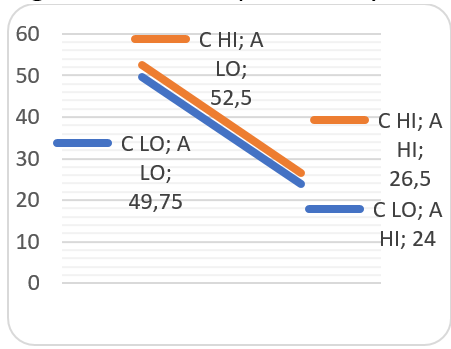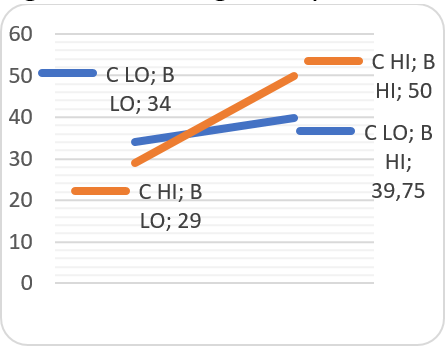While improving the e-mail marketing strategies with the focus on positive changes in the response rate, it is necessary to concentrate on all possible combinations of factors that can affect the feedback. For this company, the focus is on combining detailed or generic e-mail headings, possibilities of sending the open e-mail, and types of the e-mail body that can be presented as a text or in an HTML format. The purpose of this paper is to conduct the design of an experiment to test the relationships between factors and provide recommendations for improving the strategy.
Design of Experiment
A design of experiment (DOE) is a method used in business to test and prove the presence of certain relationships between factors depending on their variation. In this case, it is important to determine possible relationships between the discussed factors that can influence the rate of responding to e-mail advertisements. It is necessary to use the design that is based on three factors with two possible options for each (Eriksson, 2008; Montgomery, 2008). Table 1 presents the input data, repeated designs, averages, and standard deviation.
Table 1. The Design of Experiment, Input Data.
Table 2 presents the actual results of the two-level design with the focus on the sum of squares, the degree of freedom, the mean squares, the F-statistics, the p-value, and confidence levels.
Table 2. DOE Results.
Interaction Effects Chart
The highest effect is observed for relationships between Email Open and Body. According to the DOE, the most significant relationship is observed for Email Open and Body factors. The less significant relationship is determined for Heading and Email Open. The absence of a significant relationship is determined for Heading and Body (Roy, 2011). To demonstrate the relationships visually and include the main effects, it is important to use the Interaction Effects Chart that is effective to represent the relations between factors to conclude what factors can be discussed as most and least important, when the lines are parallel, and what best settings for these factors can be determined (Hinkelmann & Kempthorne, 2012). Figures 1-3 present Interaction Effects Charts for three examined relationships.



Recommendations
The company can increase the response rate while focusing on manipulating Email Open and Body factors. People demonstrate a higher response rate when the email is opened. The type of the body is also important to influence the customers’ responsiveness, and the focus is on the text type. The character of the heading in terms of its detailed or generic form has no impact on the response rate (Antony, 2014). Therefore, it is important to recommend using more open e-mail messages including the body in the text format to increase the responsiveness of customers.
Strategy
The proposed process model should be based on several steps. The first step is to choose the text format of the e-mail body as the main one because of its attractiveness to customers. The second step is to make the majority of e-mail messages open. While choosing the type of heading, it is appropriate to use the detailed one when the body is opened and presented as a text. In other cases, the use of the generic heading is possible. From this point, the process model will include such steps as the selection of the body type, the focus on the openness option, and the selection of the heading (Fedorov & Hackl, 2012). These steps are determined with references to the DOE results and interactions of effects.
Conclusion
When managers plan to improve the marketing process, it is important to determine what factors can increase the possibility of the desired result. The most effective combination of these factors tested with the help of the DOE allows improving the whole process. Therefore, the DOE results are used as the basis for developing an effective process model.
References
Antony, J. (2014). Design of experiments for engineers and scientists. New York, NY: Elsevier. Web.
Eriksson, L. (2008). Design of experiments: principles and applications. New York, NY: MKS Umetrics. Web.
Fedorov, V. V., & Hackl, P. (2012). Model-oriented design of experiments. New York, NY: Springer Science & Business Media. Web.
Hinkelmann, K., & Kempthorne, O. (2012). Design and analysis of experiments, special designs and applications. New York, NY: John Wiley & Sons. Web.
Montgomery, D. C. (2008). Design and analysis of experiments. New York, NY: John Wiley & Sons. Web.
Roy, R. K. (2011). Design of experiments using the Taguchi approach: 16 steps to product and process improvement. New York, NY: John Wiley & Sons. Web.